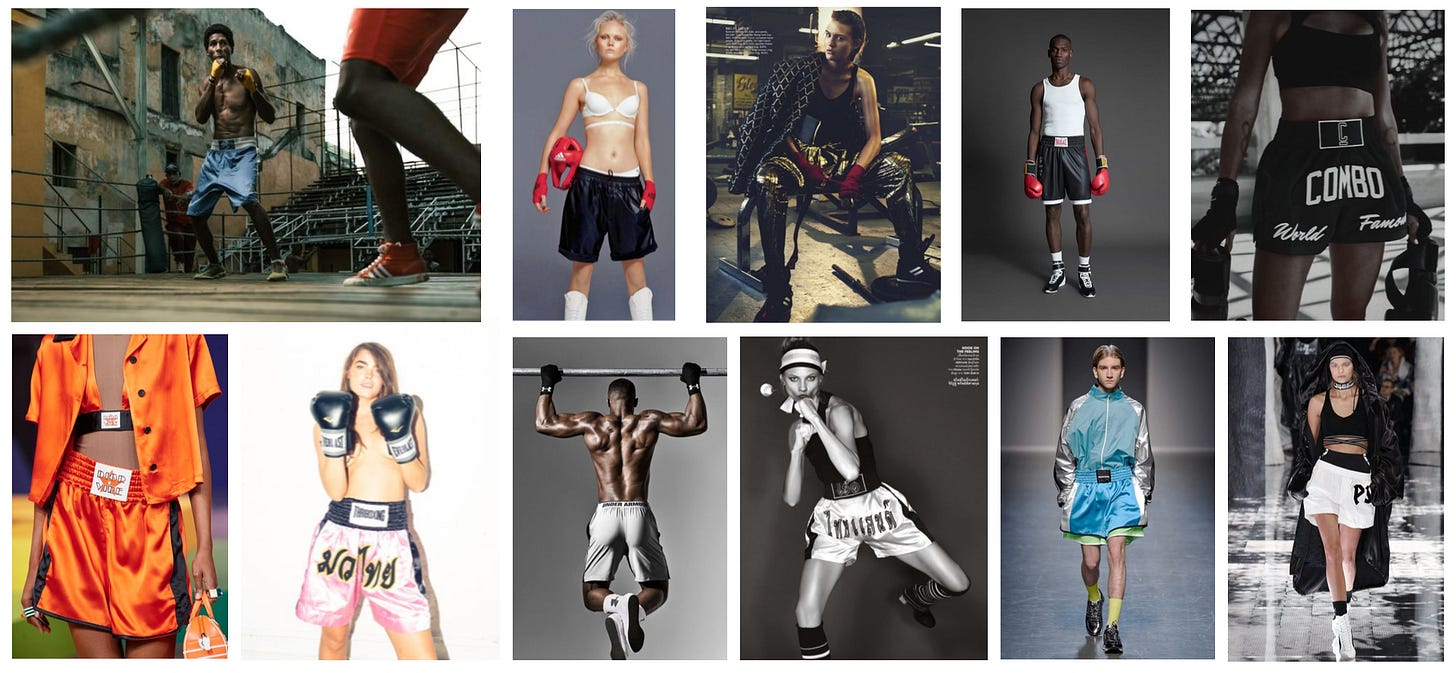Welcome to the Sociology of Business. In my last analysis, Don't sell more, become more valuable, I debriefed you on the conversation that the CEO of Collins, a design consultancy, and I had in NYC and Cannes, France about portfolios of cultural products and value and why companies should care. If you are on the Substack, join the chat. With one of the paid subscription options, join Paid Membership Chat, and with the free subscription, join The General Chat on The Sociology of Business WhatsApp group.
Every good merch strategy has a defined fashion direction. This fashion direction roots it in a specific aesthetic, derived from the brand attributes. This aesthetic is then filtered through a subculture.
Imagine if a brand archetype is Outlaw, and that the brand attributes are grit, freedom, thrill. A brand’s aesthetic world - its visual handwriting, font, imagery, color palette, tone of voice, copy - reflects these attributes.
When applied to a subculture, this aesthetic world adopts its codes and creates something new. Subculture filters it through its own lexicon. Now, if a brand that is gritty, free and thrilling was applied through a filter of e.g. boxing subculture, it visual language would look something like this.
Product brief for merch is based on this new aesthetic territory: brand + subculture. It defines the types of merch that a brand is going to make. Some examples are below.
More good stuff behind the paywall, including the additional types of merch products, the merch rollout plan, the merch distribution models, and the merch pyramid.
Keep reading with a 7-day free trial
Subscribe to The Sociology of Business to keep reading this post and get 7 days of free access to the full post archives.









